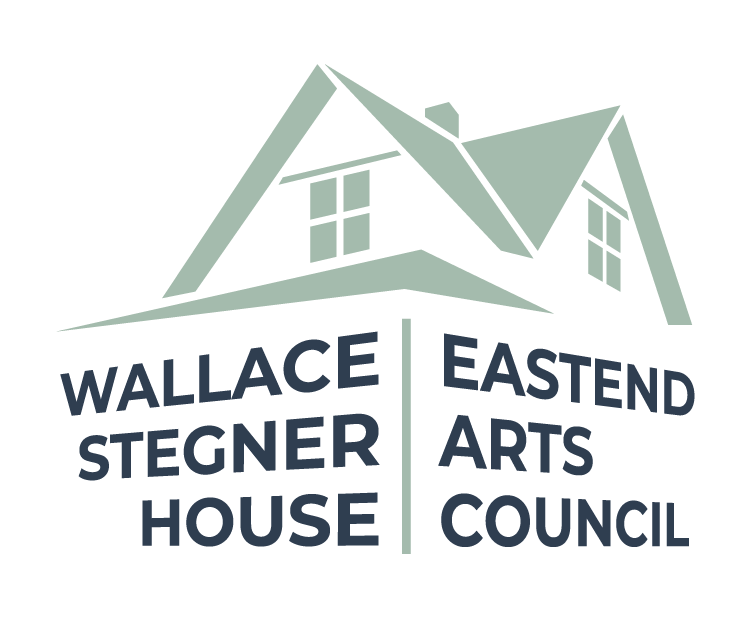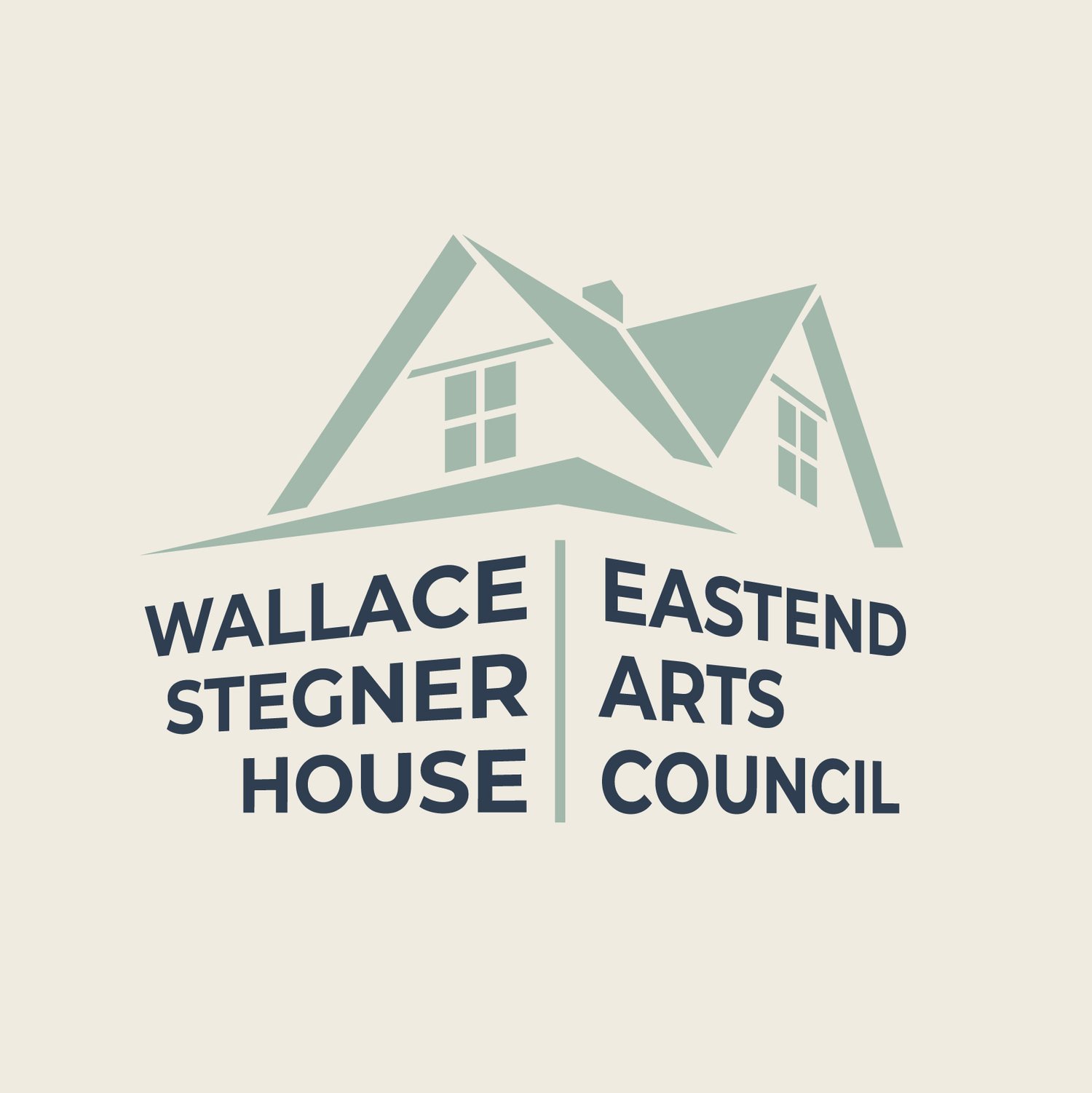samskāra
samskāra, discernment, Diana Chabros, 2018
Artist Statement
“The land is made up of the bones of our ancestors…” 1
Bones mean a lot to me: my own and those of the land. I broke my spine as a child, so both literally, and metaphorically speaking, I know the body is one’s first home and I understand what it means to lose to it. This knowledge forms the skeleton of my artistic path, and compels me toward ideas which connect me to the land. The land is our home and ultimately the receptacle for our remains. I have come to the realization that I will only remain true to my practice by staying true to the land.
I remain fascinated with the visual elements of southwest Saskatchewan and explore energy in its physical, psychic and spiritual forms as a means to understand my interdependent relationship with the land.
Known to biologists, artists, photographers, tourism operators, ranchers and other locals as ‘grasslands’, known to the Lakota as maka tatanka or to the nehiyaw/Cree as paskwaw mostos askiy (buffalo land), the southwest and its natural inhabitants are celebrated for their beauty and resiliency to survive under extremely harsh weather conditions. Compromised, however, by accelerated human intervention, the lives of these inhabitants, (many of them considered species at risk), are compromised to the point that even the soil has become a ‘species at risk’.
In my painting practice I use realism to portray actual landmarks along with their non-human inhabitants combined with fictionalized visual narrative. I walk the land with camera, conducting traditional protocol as I go. My artistic process is informed by reviews of historical documents, poetic literature, oral history, and my own meditation and dream work. Through this process I witness, honour, learn from, and care for the land and its resident beings. Through this method of research I discover the transformational currency of energy, archetypal life cycles, and the stories which arise from them.
My ongoing studies with First Nation knowledge keepers, including my life partner, as well as the practices of Yoga and Buddhist philosophy move me beyond my colonial understanding of the natural world. My artistic practice is about reciprocity and humility.
Inspired by visual artists Marsha Kennedy and Jane Ash Poitras, photographers Edward Burtynsky, and James Page, and Métis interdisciplinary artists Madonna Hamel and Moe Clark, the act of painting for me yields a visual health record or ‘temperature gauge’ of the land and its inhabitants. Painting is how I stay in touch with my subject matter while I’m away from ‘the field’.
It’s also my primary way of creating public dialogue about land and related issues to achieve transformation. Painting is my act of agency and my medicine.
1Honouring the Truth, Reconciling for the Future, Summary of the Final Report of the Truth and Reconciliation Commission of Canada, Truth & Reconciliation Commission of Canada 2015


